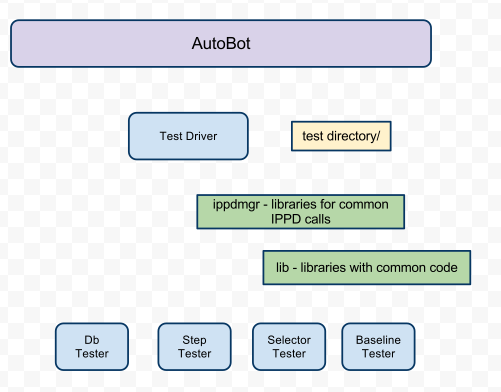If we think of a working system as layers of abstractions, at what depth within that system should a test engineer consider exposing when targeting functional testing? Or more concisely are the trade-offs of touching a system at the lower places within the architecture valid arguments for lowering risk to an acceptable level? Is this creating too much overhead? Would an existing framework such as WebDriver be a sufficient wrapper for driving functional testing?
Exposing your services
I’m working with a small group of people to automate what has been a very manual process of regression & integration testing. Ultimately testing has (and is) historically meant a tester (developers too) drives the application via our web gui and checks for state changes in the gui. They may also dip into the back-end from time to time via ssh to look at file creation/change/deletion along with the database for additional expected changes. The entire application is browser driven.
One solution involves the extension of the current system. Plopping a xml-rpc server into our existing application architecture and exposing existing services within that application. This of course could have some interesting and not too unpleasant implications outside of our little test group.

By way of driving the application from this layer we can quickly assess whether core components are working correctly or if recently integrated code changes have changed or broken underlying contracts. From the standpoint of someone who enjoys writing code to accomplish and overcome challenges this is a fun project. However I can’t help but feel a small twinge of fear because we’re completely ignoring the gui. The gui is the one and only path that the user/customer will ever interact with.
There is a defined split in philosophies; a vocal group believing that stability beneath the viewable presentation layer is the most vital and a second and quieter group mumbling… “what about the presentation layer?”